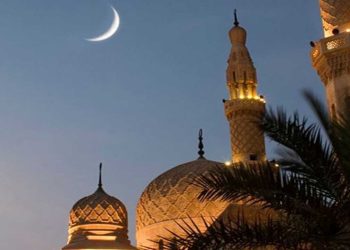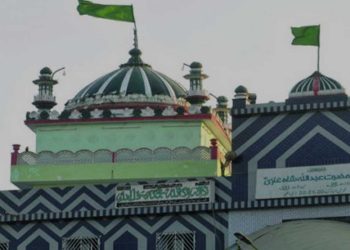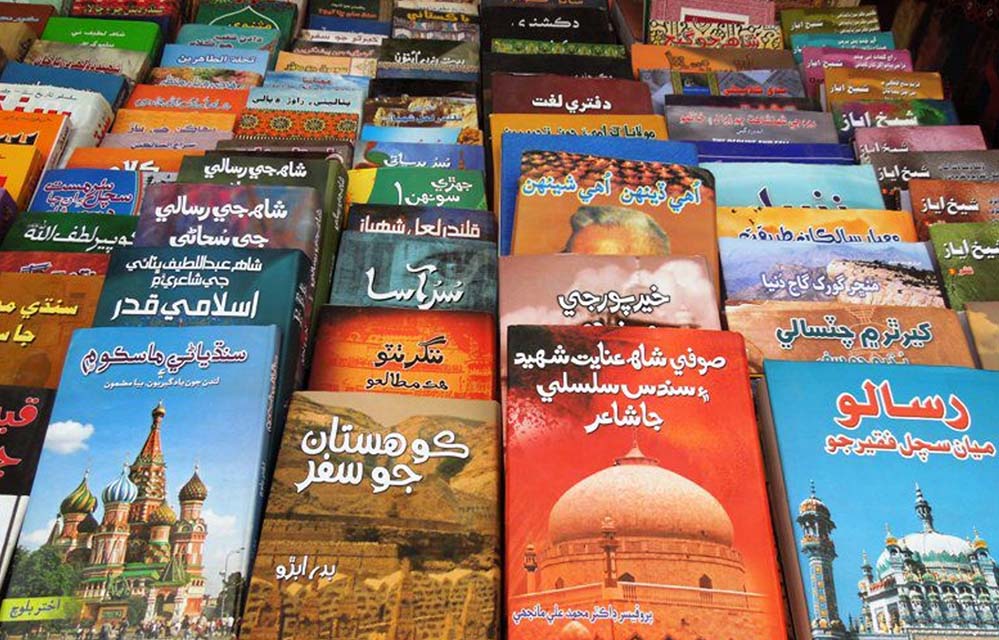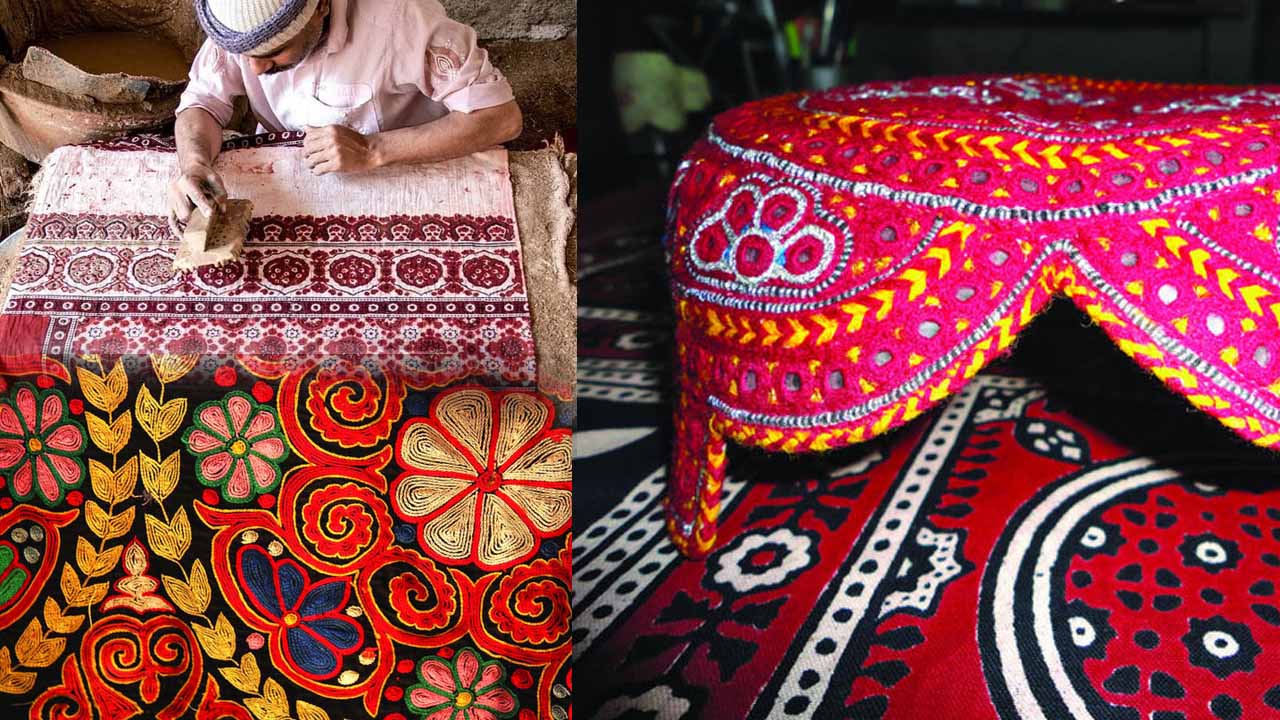The Culture of Tea in Pakistan: Exploring the Various Types of Chai
Introduction
In Pakistan, chai isn’t just a beverage; it’s an institution. It’s the morning ritual, the business meeting’s backdrop, the evening solace, and the late-night conversation starter. The culture of tea in Pakistan transcends age, class, and region. This article delves into the heart of this culture, exploring the different types of chai that have captured the hearts of millions.
A Historical Sip
Tea arrived in the Indian subcontinent during the British Raj, but Pakistan quickly made it its own after Partition. The humble drink has since woven itself into the very fabric of Pakistani society, adapting to local flavors and tastes, and becoming a symbol of hospitality and warmth.
The Basic Brew: Doodh Patti
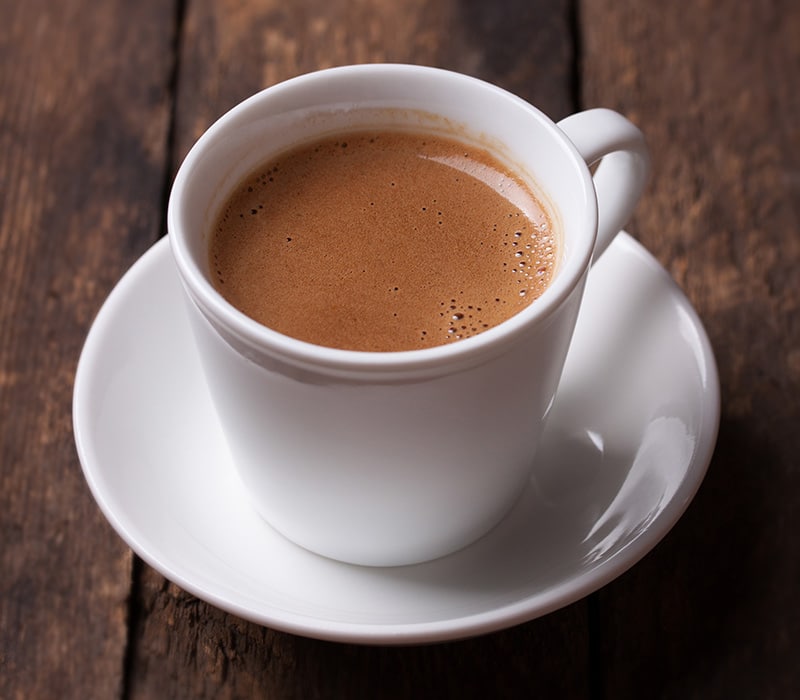
The foundation of tea in Pakistan is ‘Doodh Patti.’ Directly translated, it means ‘milk and leaves,’ a testament to its composition. Made with milk, water, tea leaves, and often sweetened with sugar, Doodh Patti is a creamy, rich tea, often enjoyed with traditional snacks like samosas or biscuits.
Kashmiri Chai: Pink and Perfect
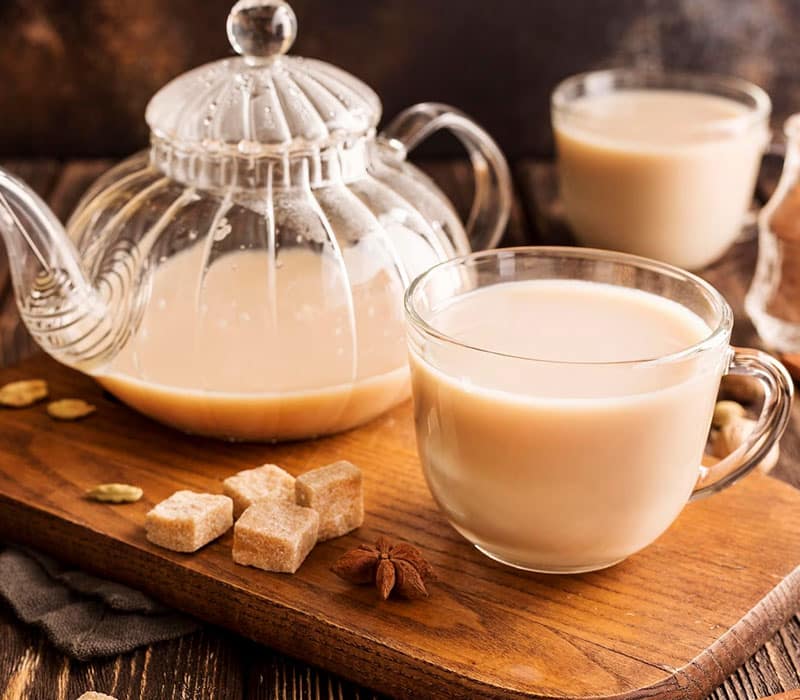
Distinct in its rosy hue and nutty flavor, Kashmiri chai or ‘Noon Chai’ is a special tea originating from the Kashmir valley. This tea is a beautiful concoction of green tea leaves, baking soda, salt, and milk. It’s traditionally garnished with crushed pistachios and almonds, making it both a visual and gastronomic delight. Served during special occasions, especially winter weddings, it’s a must-try for anyone visiting the region.
Masala Chai: A Spicy Affair
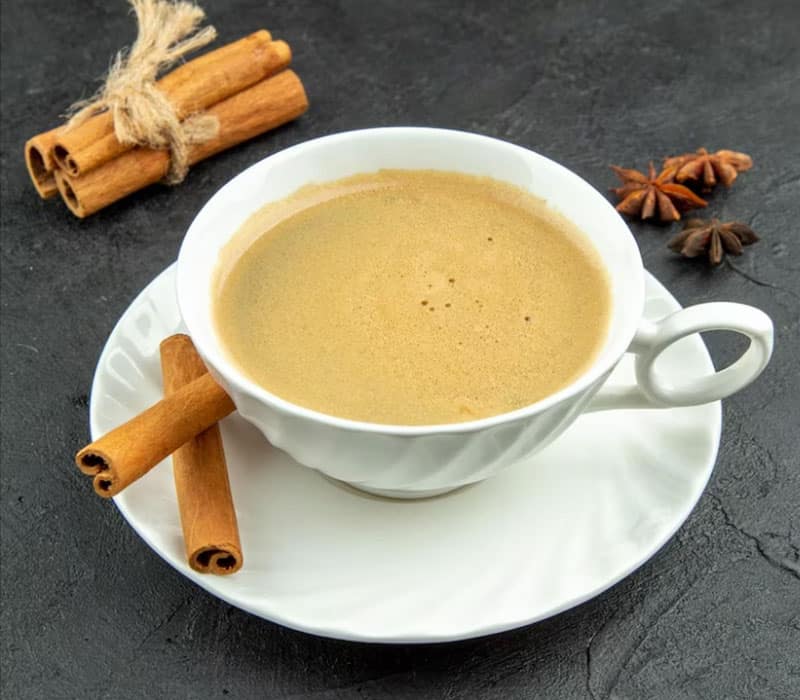
For those who love a kick in their cup, Masala chai is the answer. Black tea is brewed with a tantalizing mix of spices – usually cardamom, cloves, cinnamon, and black pepper. The spicy brew is then combined with milk and sugar, resulting in a flavorful concoction that warms the soul, especially on chilly days.
Sulaimani Chai: The Black Beauty
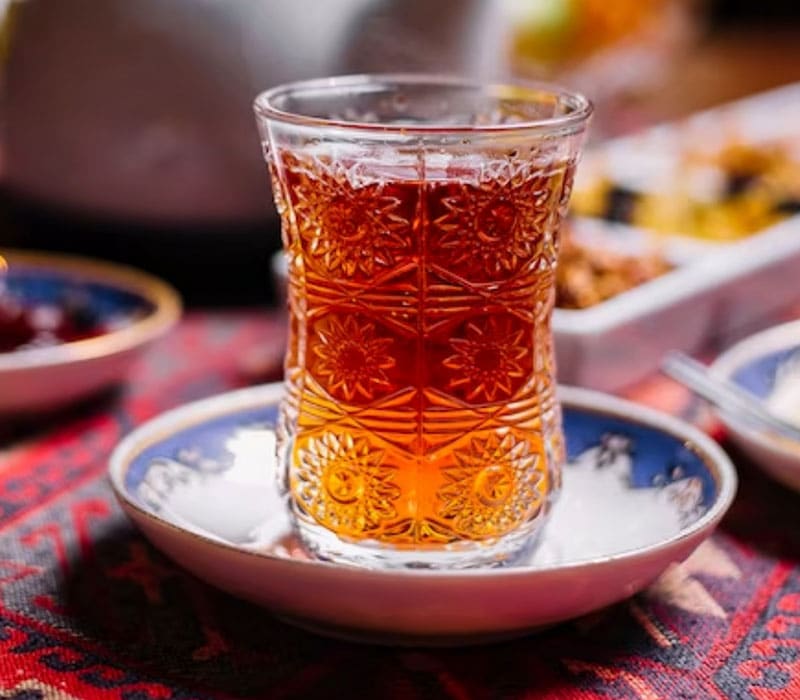
Originating from the coastal regions, Sulaimani chai is a black tea infused with lemon and sometimes a hint of saffron. It’s lighter than its milky counterparts and offers a refreshing zest. This tea is often enjoyed after a heavy meal, aiding digestion and soothing the senses.
Chai Dhabas: The Tea Lounges
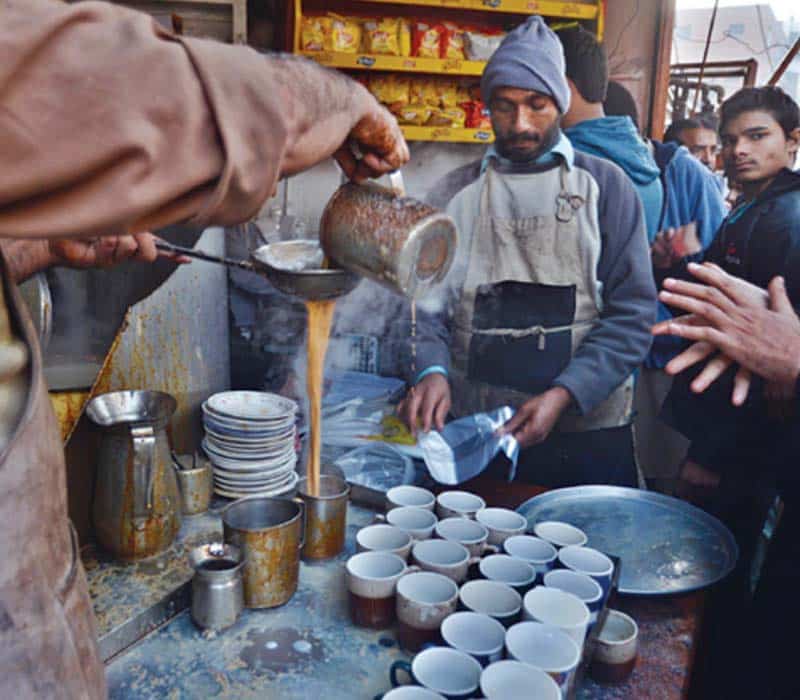
The popularity of chai in Pakistan has given rise to countless ‘Chai Dhabas’ or tea lounges. These are open-air cafes, ranging from simple roadside stalls to more upscale establishments, serving an array of teas. They have become hubs for discussions, from politics to poetry, further solidifying tea’s role as a communal bond.
Conclusion
The culture of tea in Pakistan is a reflection of its people – diverse, warm, and welcoming. Each cup tells a story, from the snow-capped mountains of Kashmir to the bustling streets of Karachi. So, the next time you’re offered a cup of Pakistani chai, remember, you’re not just sipping tea; you’re partaking in a rich, cultural experience.

